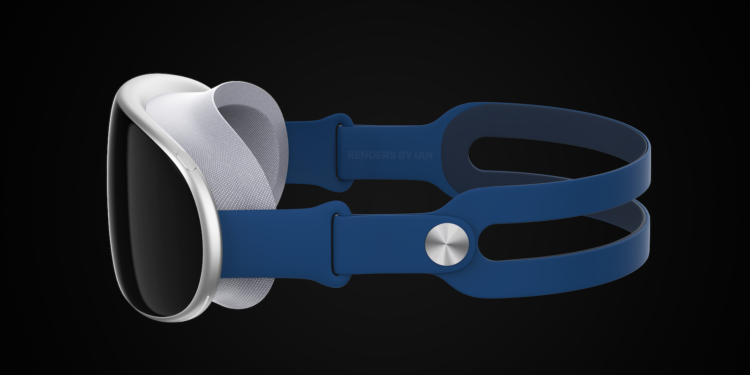In recent weeks, there has been increasing coverage of the Apple AR/VR headset, which is rumored to be released at the end of this year. More and more technical details are coming to light.
In a new letter to investors, Ming-Chi Kuo focuses on the improving prospects of supplier Unimicron, a company that makes ABF substrates, semiconductor material that is placed between silicon layers to protect circuits.
Unimicron is the biggest winner of using two ABF substrates per Apple AR/MR device. Our recent survey suggests that each Apple AR/MR headset will use two CPUs from 4nm and 5nm. This is higher than our previous estimate and the market consensus of one. Our survey also suggests that the Apple AR/MR headset will use a 96W charger from Jabil, with the same specifications as the MacBook Pro, to enable faster and more efficient charging of the Apple AR/MR headset.
Kuo claims that this charger requirement "proves that Apple's headset requires the same processing power as the MacBook Pro and significantly higher than the iPhone."
Apple's AR/VR headset is said to be years ahead of competing products
The analyst expects headset sales from Apple will increase due to the “vibrant and innovative AR user experiences,” the Apple ecosystem, and the “more affordable second generation.”
We forecast that Apple AR/MR headset sales will reach 3 million, 8-10 million and 15-20 million units in 2023, 2024 and 2025, respectively.
With the computing power now expected, Kuo estimates that “Apple’s Metaverse headset is about 2-3 years ahead of competitors’ products.” Kuo writes:
Currently, Qualcomm is the largest chip supplier for AR/VR headsets and its mainstream solution XR2 has mobile-level processing power. We think it will take Qualcomm at least [until] 2023-2024 to bring PC/Mac-level AR/VR chips to market.
Regardless, Kuo recently confirmed that Apple's AR/VR headset could hit the market in 2022. But the product will be very difficult to get hold of at first due to the low number of units. (Image: Rendersbyjan)





